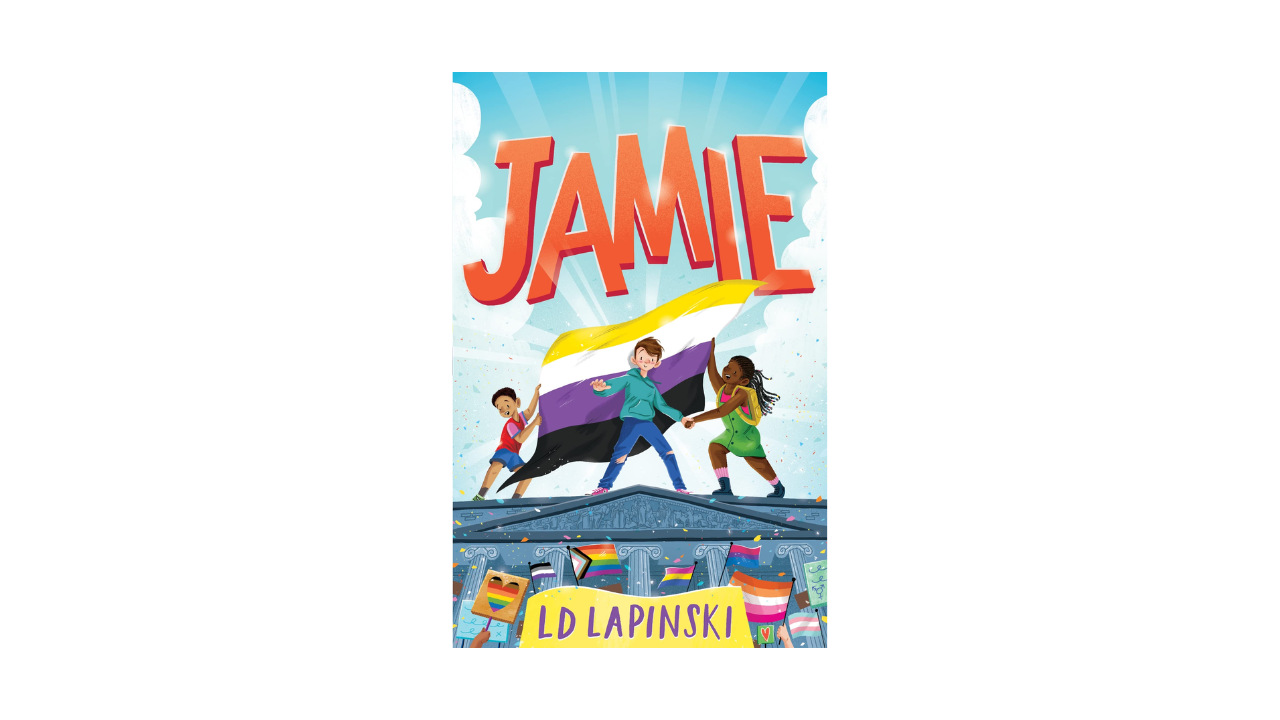The Power of Story
The power of story is often underestimated. Some might think that reading a novel is nothing more than a relaxing, entertaining pastime that allows us to escape from the stresses and strains of daily life. That couldn't be further from the truth. Stories are far, far more powerful than that.
How stories affect our brains
As Lisa Cron writes in her fascinating book Wired for Story, our brains are quite literally 'hardwired to respond to story'.
Lisa goes on to explain that a recent study has shown that the areas of our brains that react when we read about an activity are identical to those that react when we actually experience that activity for ourselves.
So when we read, we literally feel what the character feels.
We become the protagonist
But it goes deeper than that. When we’re engrossed in a good story, we don’t only feel what they feel – to all intents and purposes, we become the protagonist.
We stop seeing the world through our own eyes and instead are catapulted into the head of the character themselves. We want the same things they do. We need what they need. We feel their joy, fear, excitement and anger as if it were our own.
That’s a pretty big deal! Let’s look at what it really means using a concrete example.
Case study: Jamie, by L. D. Lapinksi
Imagine you're reading a book – let’s take the brilliant LGBTQ+ middle-grade novel I just finished: Jamie, by L. D. Lapinski. Jamie is a non-binary eleven-year-old who is about to go to secondary school. However, the only options are a school for boys or a school for girls, and Jamie is neither. No one else has realised that this presents a problem for Jamie, so they decide to take a stand and do something about it themselves.
The wonderful Jamie, by L. D. Lapinksi
So, for 260 pages, the reader sees the world through Jamie's eyes. You see the challenges they face as a non-binary kid, the things they worry about, enjoy and celebrate.
For 260 pages, you feel the same things as that fictional non-binary kid. You walk in their shoes.
For 260 pages, you basically are that fictional non-binary kid.
All of that, without leaving your sofa, bed or armchair. All of that, within the covers of a book. All of that, even if you’re not a non-binary kid yourself and you’ve never faced the challenges Jamie faces in this story. For a short while, you nevertheless get to experience the world through Jamie’s eyes. You get to be Jamie. And that’s the power of story.
It can, like no other medium, open our eyes to different perspectives and viewpoints, acting as a window into another's lived experience and letting us feel what it’s like to be them and walk in their shoes – something that is especially important when it comes to LGBTQ+ stories.
